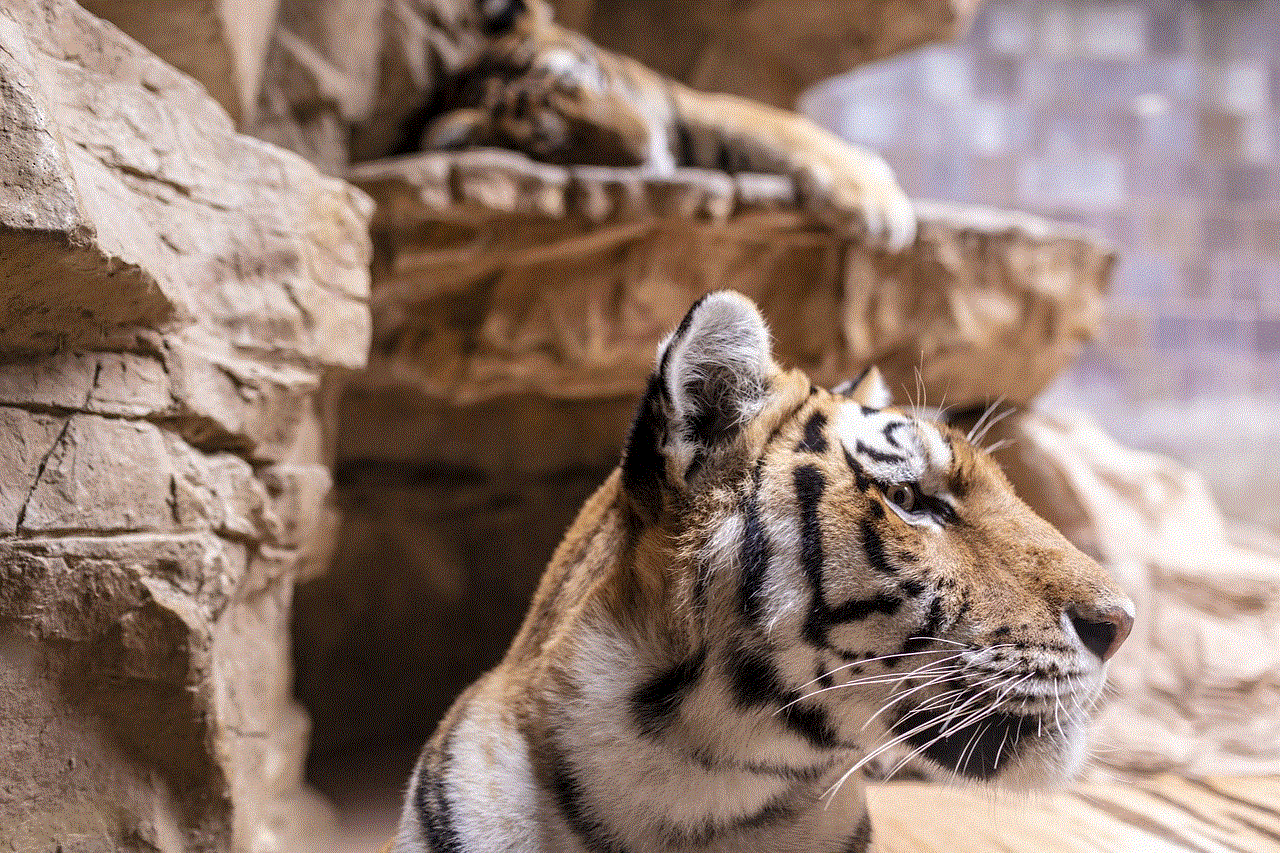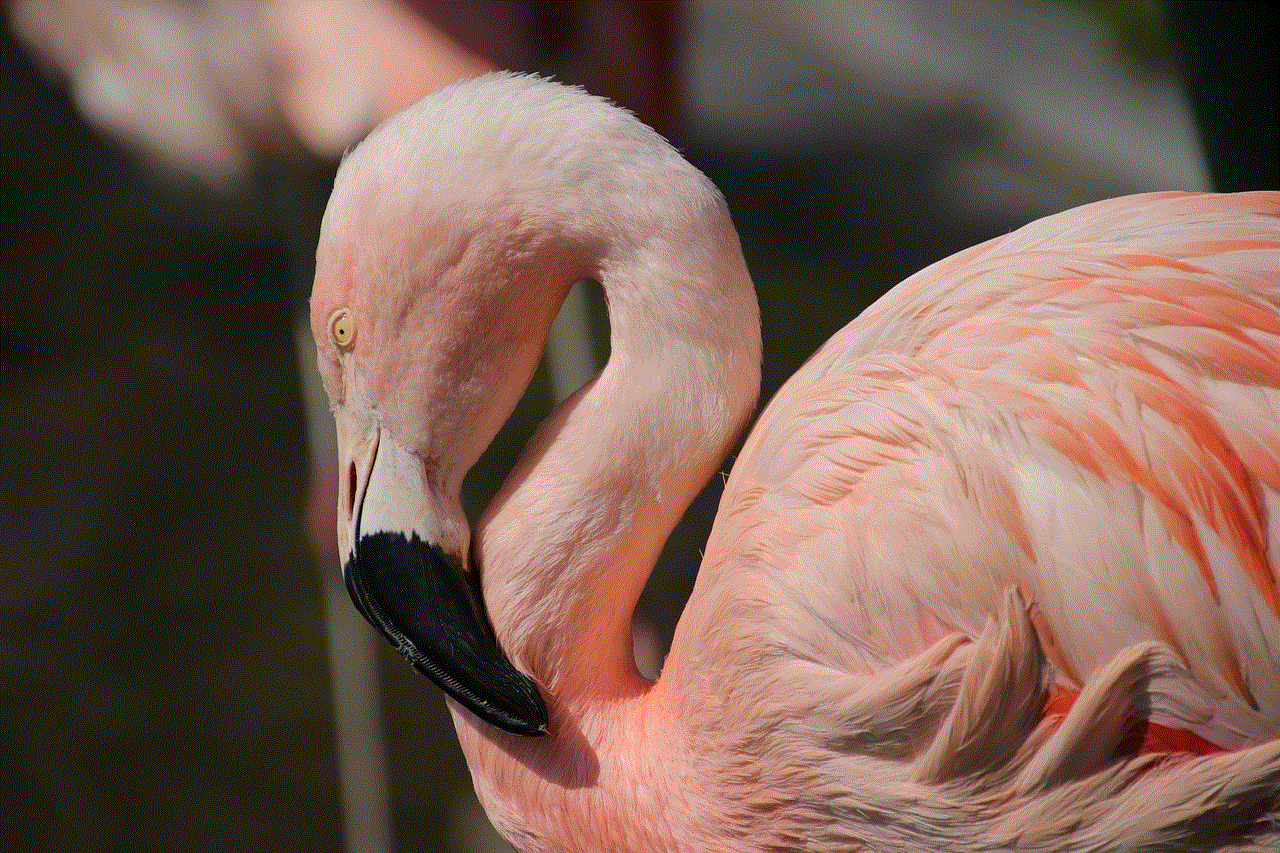mensajes en messenger
Messenger es una aplicación de mensajería instantánea creada por la empresa Facebook en 2011. Desde su lanzamiento, ha revolucionado la forma en que nos comunicamos a través de internet. Con más de 1.3 mil millones de usuarios activos mensuales, Messenger se ha convertido en una herramienta esencial para mantenerse en contacto con amigos, familiares y colegas en todo el mundo.
Una de las principales características de Messenger es su facilidad de uso. Para utilizarla, sólo necesitas tener una cuenta de Facebook y descargar la aplicación en tu dispositivo móvil o acceder desde tu computadora. Una vez que estés conectado, podrás enviar mensajes de texto, realizar llamadas de voz y video, compartir fotos, videos y archivos, y crear grupos de chat con tus contactos.
Pero lo que realmente ha hecho que Messenger sea tan popular es su integración con la plataforma de Facebook. Esto significa que puedes utilizarla para comunicarte con cualquier persona que tengas como amigo en Facebook, sin necesidad de tener su número de teléfono. Además, también puedes utilizarla para comunicarte con empresas y marcas a través de su función de chatbot, lo que ha facilitado el servicio al cliente y la realización de compras en línea.
Otra característica interesante de Messenger es su capacidad de personalización. Puedes cambiar el color de tus conversaciones, utilizar stickers y emojis para expresarte, y hasta jugar con tus amigos a través de la aplicación. Además, puedes sincronizar tus contactos de teléfono con Messenger y así tener acceso a todos tus amigos en un solo lugar.
Una de las últimas funciones que ha agregado Messenger es la posibilidad de realizar pagos a través de la aplicación. Esto significa que puedes enviar dinero a tus amigos y familiares de manera rápida y segura sin tener que salir de la aplicación. Esta función ha sido especialmente útil en países donde el acceso a servicios bancarios es limitado.
Pero no todo es color de rosa en Messenger. A lo largo de los años, la aplicación ha enfrentado críticas por su falta de privacidad. En 2018, se descubrió que la empresa había recopilado y almacenado registros de llamadas y mensajes de texto de algunos usuarios sin su consentimiento. Esto llevó a una mayor preocupación sobre la seguridad de los datos en la aplicación.
Sin embargo, Facebook ha tomado medidas para mejorar la privacidad en Messenger. En 2019, la empresa anunció que estaba implementando un cifrado de extremo a extremo en todas las conversaciones de la aplicación. Esto significa que sólo tú y la persona con la que estás hablando pueden ver el contenido de la conversación, incluso Facebook no tendrá acceso a él. Además, también puedes configurar la aplicación para que las conversaciones se eliminen automáticamente después de un cierto período de tiempo.
Otra preocupación que ha surgido con el uso de Messenger es su impacto en nuestra salud mental. Al igual que con otras aplicaciones de redes sociales, la constante atención a las notificaciones y la necesidad de estar siempre conectados puede tener un impacto negativo en nuestra salud mental. Además, algunos estudios han demostrado que el uso excesivo de las redes sociales puede llevar a la adicción y a una disminución en la interacción social cara a cara.
A pesar de estas preocupaciones, la popularidad de Messenger sigue creciendo. En 2019, la aplicación ocupó el segundo lugar en la lista de las aplicaciones de mensajería más descargadas en todo el mundo, sólo por detrás de WhatsApp , otra aplicación propiedad de Facebook. Además, con la reciente integración de Messenger con Instagram, se espera que su uso siga aumentando en los próximos años.
En resumen, Messenger ha cambiado la forma en que nos comunicamos en línea. Con su facilidad de uso, integración con Facebook, personalización y nuevas funciones, se ha convertido en una herramienta esencial para mantenerse en contacto con amigos y familiares en todo el mundo. Sin embargo, es importante ser conscientes de su impacto en nuestra privacidad y salud mental y utilizarla de manera responsable. Con su creciente popularidad, es probable que Messenger siga evolucionando y mejorando en el futuro.
in-app purchase not working android
In-app purchases have become an integral part of the mobile app industry, providing users with the opportunity to enhance their app experience by purchasing additional features or content. With the rise of smartphone usage and the increasing popularity of mobile apps, in-app purchases have also become a lucrative business for app developers. However, there have been instances where users have encountered issues with in-app purchases not working on their Android devices. In this article, we will delve into the potential reasons for this problem and provide possible solutions.
What are in-app purchases?
In-app purchases are transactions made within a mobile app, allowing users to buy digital goods or services. These purchases can range from removing ads, unlocking additional levels or features, to purchasing virtual items or currency. They are typically linked to the user’s app store account and require a payment method, such as a credit card or PayPal, to complete the transaction.
Why are in-app purchases not working on Android?
There can be several reasons why in-app purchases are not working on an Android device. One common reason is an issue with the Google Play Store, which is the primary source for in-app purchases on Android devices. If there is an issue with the Play Store, it can prevent in-app purchases from going through. Additionally, a problem with the app itself, the device’s settings, or the user’s Google account can also cause in-app purchases to fail.
Troubleshooting in-app purchase issues on Android:
1. Check the Google Play Store:
The first step to troubleshoot in-app purchase issues on Android is to ensure that the Google Play Store is working correctly. If there is an ongoing issue with the Play Store, it may affect in-app purchases. To check for any problems, open the Play Store app and go to the “My apps & games” section. Here, you can see if there are any updates available for the store or if there are any ongoing issues.
2. Check your internet connection:
In-app purchases require a stable internet connection to go through. If your device is not connected to the internet or has a weak connection, it can interfere with the purchase process. Make sure that your Wi-Fi or mobile data is turned on and that you have a strong signal. You can also try switching to a different network to see if the purchase goes through.
3. Verify your payment method:
If your payment method is not up to date or has expired, it can cause in-app purchases to fail. To verify your payment method, go to the Play Store app, tap on the menu icon, and select “Account.” Here, you can view and update your payment methods. If your payment information is correct, try removing and re-adding it to your account to refresh the connection.
4. Clear cache and data of Google Play Store:



Sometimes, the Google Play Store app may have stored corrupted data, which can prevent in-app purchases from working correctly. To fix this, go to your device’s settings, select “Apps,” and find the Play Store app. Tap on it and select “Storage.” Here, you can clear the cache and data of the app. This will not remove any of your purchased apps, but it will reset the app to its default settings.
5. Reboot your device:
A simple solution to many technical issues is to restart your device. This can help clear any temporary glitches and refresh your device’s system. After restarting, try making the in-app purchase again.
6. Check your device’s settings:
There are a few device settings that can affect in-app purchases. First, ensure that your device’s date and time are set correctly. Inaccurate date and time can cause issues with purchases. Additionally, make sure that your device’s location services are turned on. Some apps require location information to process in-app purchases.
7. Check your Google account:
If you have multiple Google accounts on your device, make sure that you are using the correct one for your in-app purchases. You can check this by going to your device’s settings, selecting “Accounts,” and verifying the account linked to your Play Store app. If you need to switch accounts, you can do so by tapping on “Add account.”
8. Uninstall and reinstall the app:
If none of the above solutions work, try uninstalling and reinstalling the app. This will remove any corrupted app data and refresh the app’s connection to the Google Play Store. After reinstalling, try making the in-app purchase again.
9. Contact the app developer:
If you are still unable to make in-app purchases, it may be an issue with the app itself. Contact the app developer through their support channels and explain the problem you are facing. They may be able to provide a solution or offer a refund for the purchase.
10. Contact Google support:



If you have tried all the above solutions and are still unable to make in-app purchases, you can contact Google support for further assistance. They may be able to troubleshoot the issue and provide a solution.
Conclusion:
In-app purchases have become a popular way for app developers to monetize their apps and for users to enhance their app experience. However, technical issues can arise, preventing users from making in-app purchases. By following the troubleshooting steps mentioned above, you can resolve most in-app purchase issues on your Android device. In case of persistent problems, it is best to contact the app developer or Google support for further assistance.
dope definition english
Dope is a term that has evolved over the years to have multiple meanings and connotations. Originally, it was used to describe illegal drugs, specifically marijuana. However, it has since taken on a variety of meanings, both positive and negative, in popular culture. In this article, we will explore the various definitions and uses of the word “dope” in the English language.
The word “dope” has its origins in the Dutch word “doop,” which means “sauce” or “dip.” In the 19th century, it was used as slang for opium, which was commonly smoked in a liquid form. Eventually, the term expanded to include any type of drug, including marijuana, cocaine, and heroin. This usage of the word is still prevalent today, especially in the hip-hop and rap music scenes.
In the 1920s, the term “dope” also became associated with information or news, particularly in regards to sports. This usage is believed to have originated from the word “dop,” which was a South African term for a stimulant used by Zulu warriors. The term was then adopted by American athletes who used stimulants to enhance their performance. This connection between “dope” and sports is still present today, with the term being used to describe athletes who use performance-enhancing drugs.
As the use of illegal drugs became more prevalent in the 20th century, the negative connotations of the word “dope” grew as well. It became associated with addiction, crime, and danger. This negative image was further perpetuated by the media, which often used the term to sensationalize drug-related stories. However, in recent years, there has been a shift towards a more positive use of the word.
One of the more positive uses of the word “dope” is to describe something that is cool, stylish, or impressive. This usage is believed to have originated in African American slang in the 1960s. It was used to describe something that was of high quality or had a certain level of sophistication. This use of the word has become more mainstream, and it is now common to hear people say “That car is dope” or “That outfit is dope.”
In addition to its slang usage, the word “dope” also has a more formal definition, particularly in scientific and technical fields. In chemistry, “dope” refers to a substance that is added to another substance to change its properties. For example, silicon is doped with other elements to create semiconductors. In this context, “dope” has a neutral connotation and is not associated with any illegal or negative activities.
In recent years, the word “dope” has also been used to describe someone who is foolish or stupid. This usage is often seen in memes and internet slang, where people refer to themselves or others as “dope” when they make a mistake or do something silly. This usage can be seen as a play on the word’s original meaning of being under the influence of drugs, as someone who is “dopey” may appear to be under the influence of something.
In the world of fashion, “dope” has become a popular term to describe a particular aesthetic or style. It is often used to describe streetwear and urban fashion, particularly in the hip-hop and skateboarding communities. “Dope clothing” refers to clothing that is trendy, edgy, and unique. This usage has also spread to other industries such as music, where “dope beats” refer to catchy and impressive music production.
The word “dope” has also become a popular term in the world of social media. It is commonly used as a hashtag on platforms like Instagram and Twitter to describe something that is cool or impressive. For example, a user may post a photo of a new outfit with the caption “Feeling dope in my new threads #dope #fashion.” This usage of the word has become so widespread that there are now accounts and pages dedicated solely to sharing “dope” content.



In recent years, the word “dope” has also taken on a positive connotation in the business world. It is often used to describe a person or company that is doing exceptionally well or is highly successful. For example, a company that has just launched a successful product may be referred to as “dope” in the business community. This usage is a testament to the word’s evolution and its ability to adapt to different contexts and meanings.
In conclusion, the word “dope” has a complex and varied history in the English language. From its origins as a term for illegal drugs to its current use as a slang term for something impressive or cool, “dope” has undergone a significant evolution. It has also expanded to have multiple definitions and connotations, both positive and negative. However, one thing is for sure, “dope” is a word that will continue to evolve and be used in new and creative ways in the years to come.